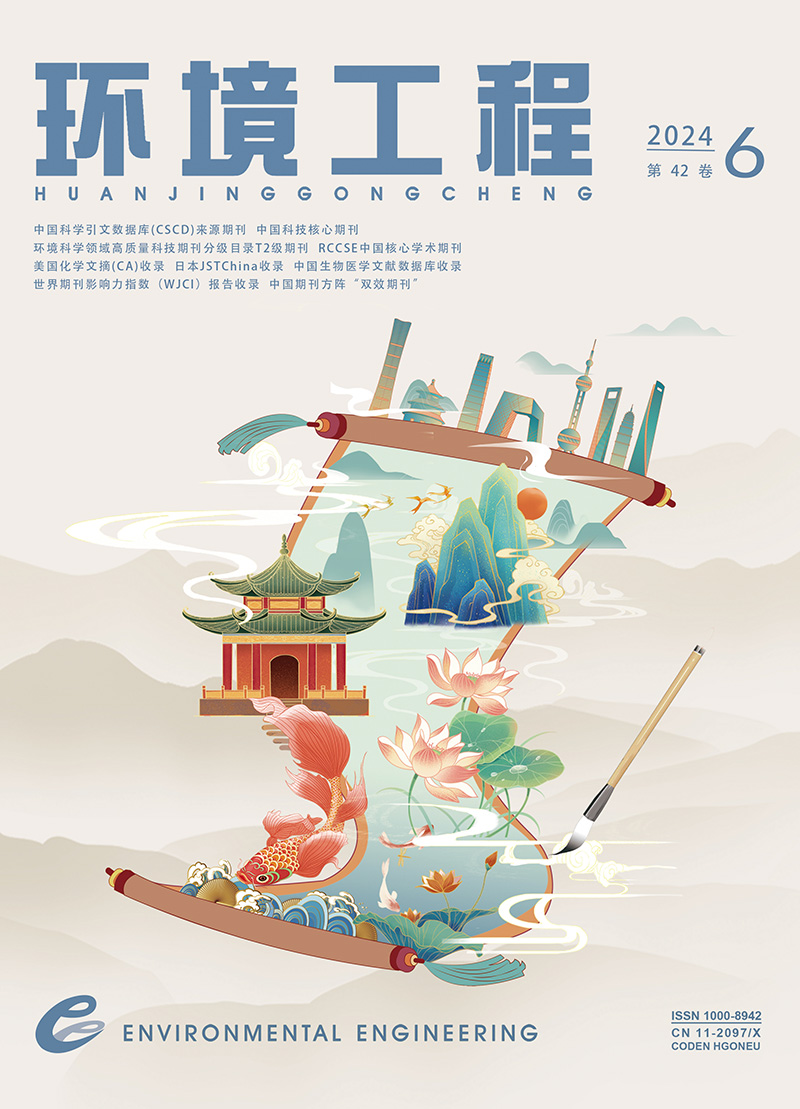对 E-763 号高速公路上的岩体进行切削加固,这些岩体的走向不连续
引用次数: 0
摘要
在穿越塞尔维亚的 E-763 号公路 "Miloš Veliki "的建设过程中,除了面临许多挑战之外,还必须对 81+250 至 81+650 公里路段的切口进行加固。切口应建在由砂岩、泥灰岩和页岩组成的 Ljiški flysch 复杂软层岩石中。岩体破裂组装的方向以及斜坡的空间位置导致切口左侧出现一系列不稳定现象,同时对右侧的稳定性产生了积极影响。所有不稳定现象都伴随着岩层的倾斜方向,这对左侧切面的岩体强度产生了主要的负面影响。为了建立岩土工程模型和确定补救措施,岩体参数是通过岩体分类获得的,而岩体不连续性和滑动面的参数则是通过对滑动岩块或滑动碎屑材料的背面分析获得的。通过使用被动式锚杆、次水平排水沟、喷射混凝土、钢丝网、加固土和面层 RC 墙,成功加固了该切口。本文章由计算机程序翻译,如有差异,请以英文原文为准。
Cut stabilization on the
highway E-763 made in rock mass with unfavorably oriented discontinuities
During the construction of the highway "Miloš Veliki" E-763 through Serbia, in addition to many challenges, it was necessary to stabilize the cut at the section km 81+250 to km 81+650. The cut was supposed to be constructed in the soft layered rocks of the Ljiški flysch complex, made of sandstone, marl stone and shales. The orientation of the rupture assembly of the rock mass as well as the spatial position of the slope led to a series of instabilities on the left side of the cut, while at the same time they had a positive effect on the stability of the right side. All occurrences of instability were accompanied by a dip direction of bedding, which on the left side of the cut had a dominant negative impact on the strength of the rock mass. For the purposes of geotechnical modeling and determination of remedial measures, the parameters of the rock mass were obtained using classifications of the rock mass, while the parameters of rock mass discontinuities and sliding surfaces were obtained from back analyzes of slipped rock blocks or slipped debris material. By using passive anchors, subhorizontal drains, shotcrete, wire netting, reinforced soil and facing RC walls, this cut was successfully stabilised.
求助全文
通过发布文献求助,成功后即可免费获取论文全文。
去求助
来源期刊
自引率
0.00%
发文量
10962
期刊介绍:
Environmental Engineering is a source journal of the Chinese Science Citation Database (CSCD), a source journal of Chinese scientific and technological papers statistics, and a dual-effect journal of the Chinese Journal Matrix. It is selected into the "Chinese Core Journals Overview" and is included in the American Chemical Abstracts (CA), Japanese JSTChina, and Chinese Biomedical Literature (CBM) databases. It mainly covers water pollution prevention and control, air pollution prevention and control, solid waste treatment and disposal, monitoring and evaluation, clean production and energy conservation and emission reduction, soil remediation, etc. Over the years, it has always had a strong team of authors and a wide readership, providing a communication platform for scientific and technological workers and college teachers and students in various fields such as scientific research, engineering design, environmental management, and construction implementation in the field of environmental engineering science.

 求助内容:
求助内容: 应助结果提醒方式:
应助结果提醒方式:


